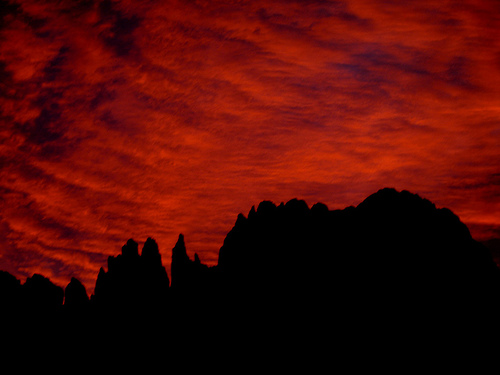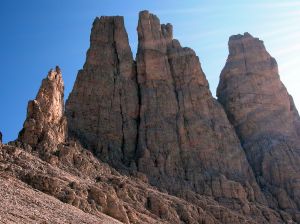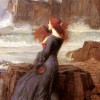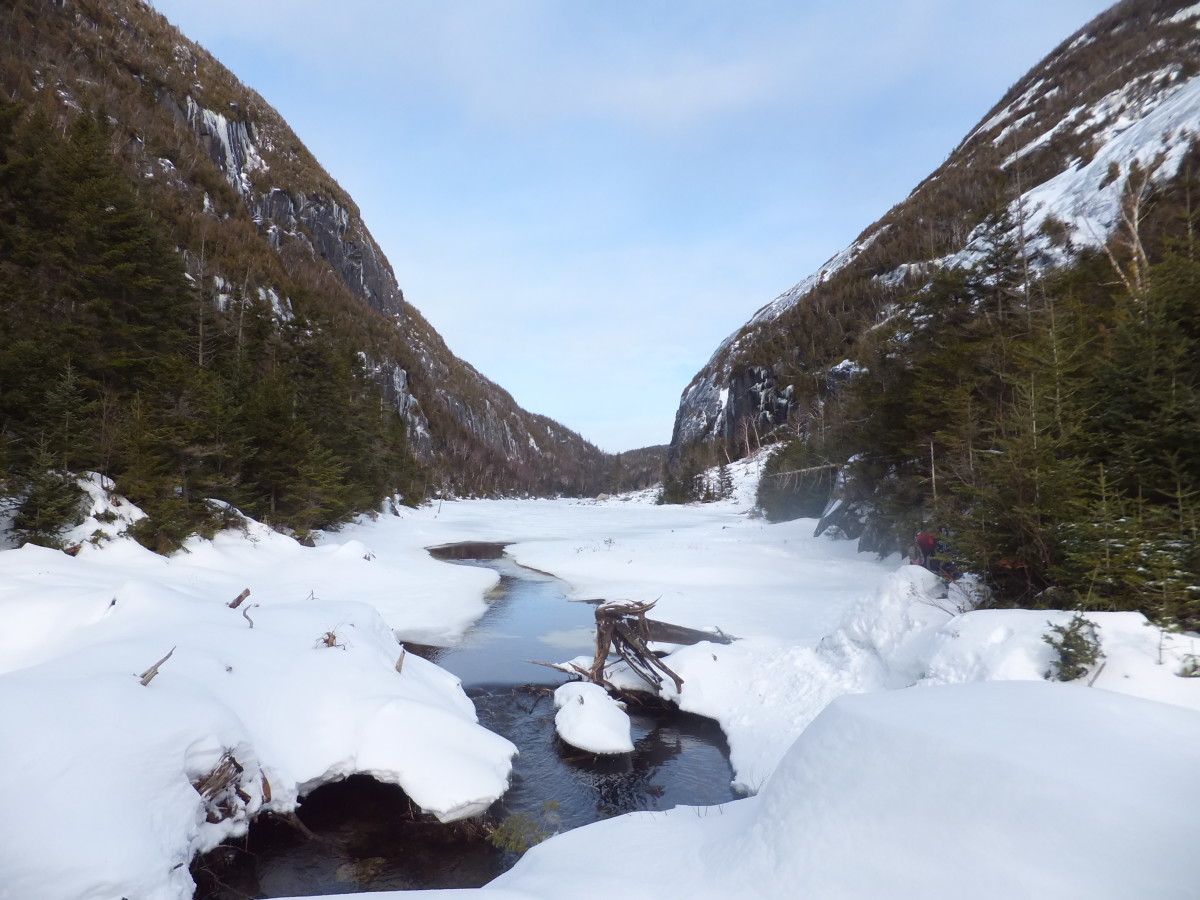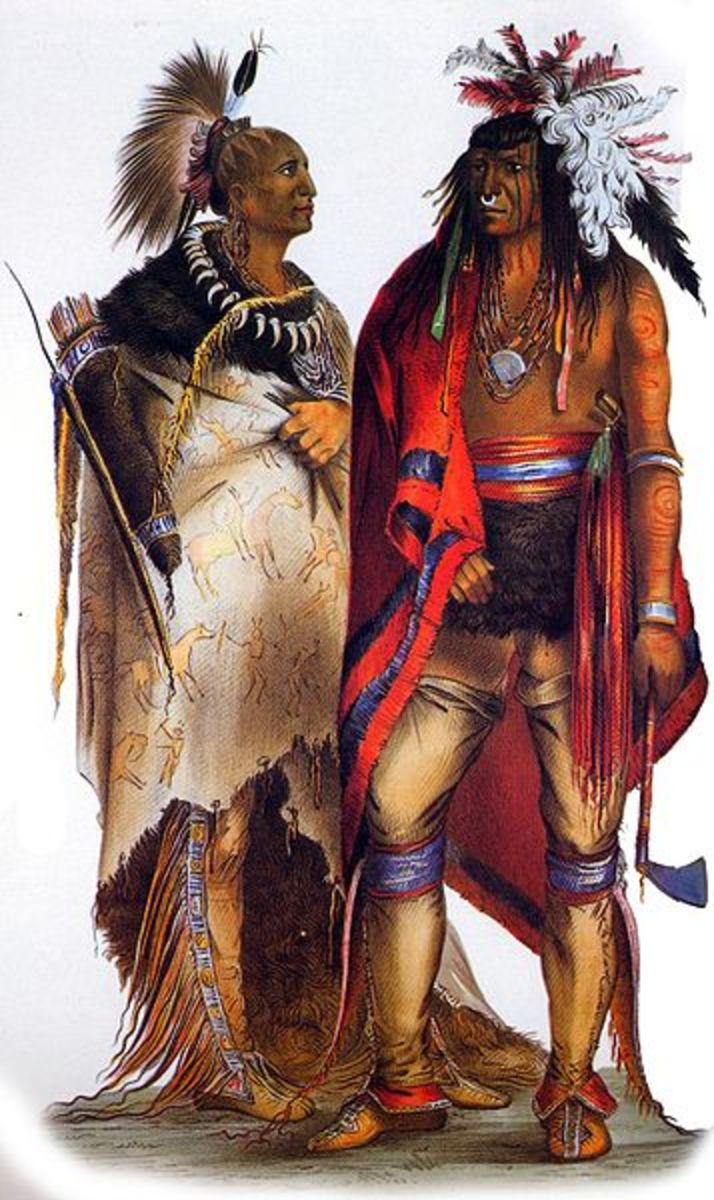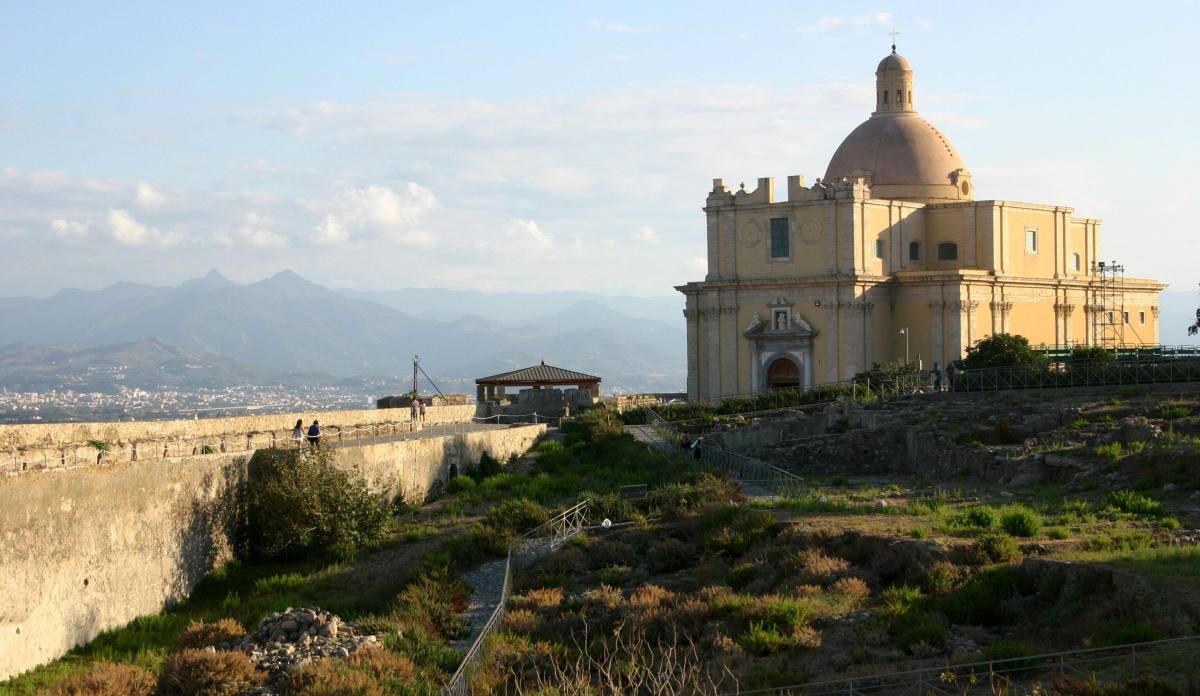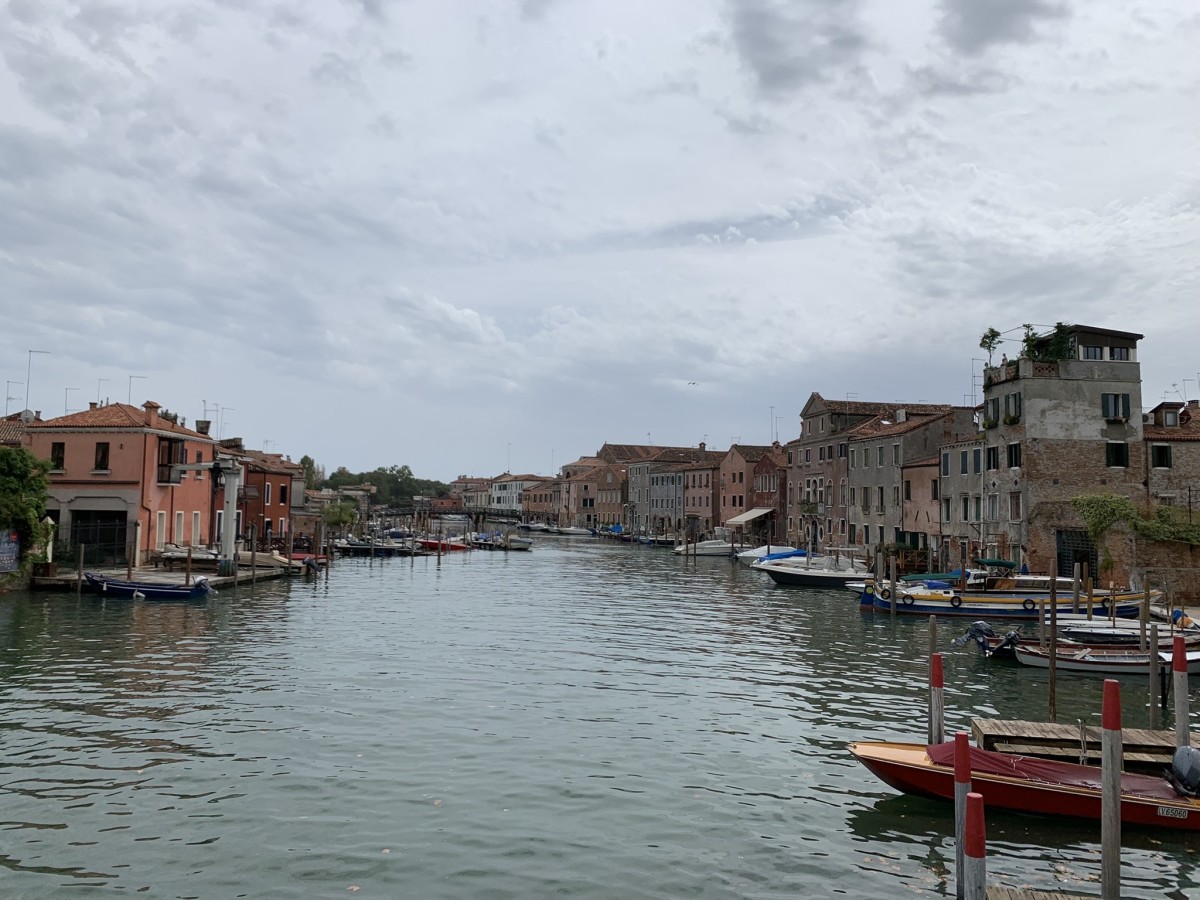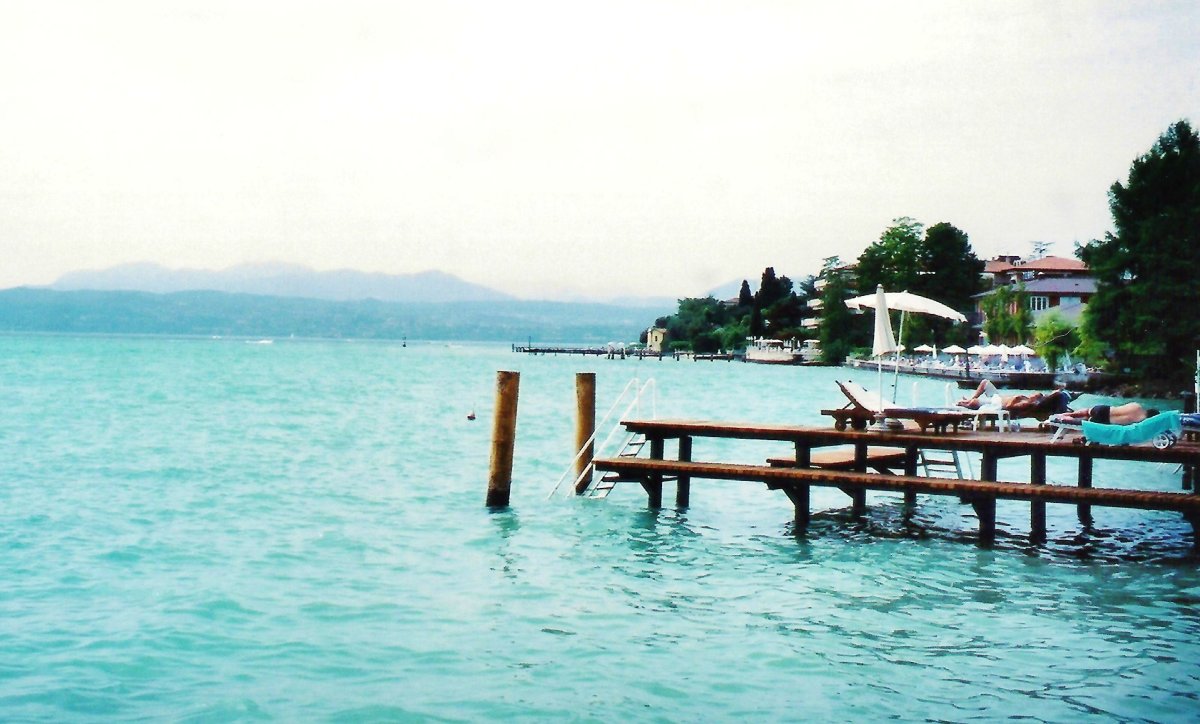The Rosengarten: a fairy tale in the Dolomites
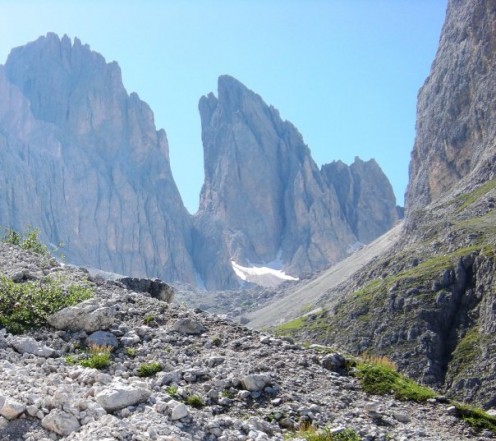
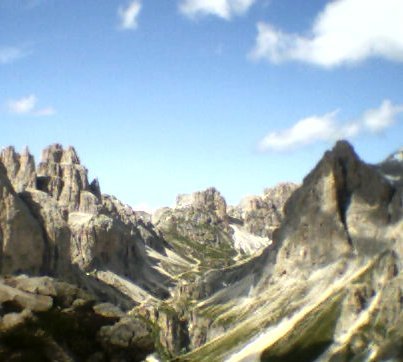

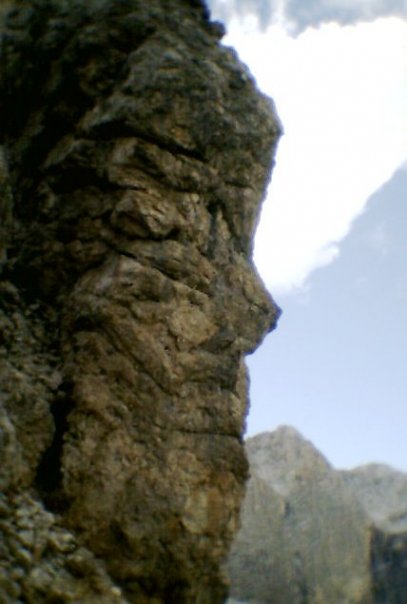
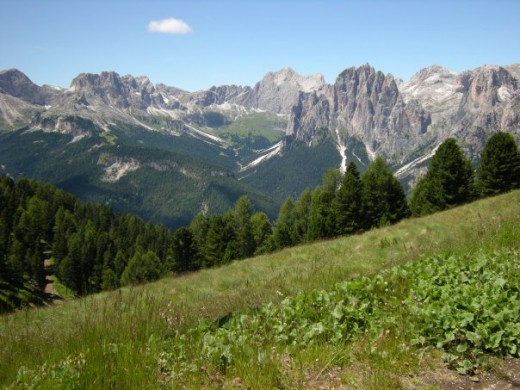
A short introduction
One cannot even accurately describe the Dolomites as a "range" of mountains, for they are rather a series of groups or ranges, more or less connected with each other, mainly comprised in the southern part of the province of Tyrol, between Trentino and Alto Adige. Strictly speaking, the term "Dolomite" is geological and should be applied only to a limited number of mountain groups of which the Langkofel, Rosengarten and Schlern are the chief, but is is pedantic to attempt nowadays to limit the application of the term to those peaks only which, geologically speaking, are of strictly dolomite formation.
The Dolomite region then, forms roughly a sort of rectangle. The northern side of this rectangle is the Pusterthal; on the east the Sextenthal and the valley of Piave down to Belluno, make a convenient border-line; on the south, one may drown a line across from Feltre to Neumarkt; while the river Eisak bounds the district on the west.
There are those who fear that the Dolomites may speedily share the fate of Switzerland, and be over-run by the "tripper" and the "peak-scalper". Happily the district is not yet so overcrowded in the holiday season but that one may still find unfrequented valleys where one meets with homely hospitality and courtesy combined with scrupolous cleanliness.
Solitude in crowd is generally supposed to be solitude of the worst kind, but it would be difficult to imagine any sense of greater isolation than that which is felt in some of the valleys of the Dolomites which lie off the beaten track of the average tourist, so that you may walk for miles whitout meeting a fellow traveller! Still today, inspite of the large influx of tourists, these mountains are savage, uncontaminated, full of wild vegetation and animals, and so they are a true paradise fro the lovers of quietness, beauty and Nature. After all, the Dolomites have been declared as a UNESCO World Heritage site: well, problems are not unknown in these pleasant valleys, yet in the midst of the degradation of the European environment, this area still represents a paradise and will hopefully continue to do so with more responsible valley management as well as environment-conscious walkers!
Wonders of Dolomites
To the geologist and mineralogist the Dolomites have long been known; Predazzo is a sort of Mecca of the student of geology. In fact, their geological orign dates back some 230 million years to when the rock was deposited in the form of marine sediments and coral in a low open sea: this material was to form the base of the mountains. Much later, 65 million years ago, the rocks, also containing fossilised sea life, were forced and lifted high up, when the Alps came into existence. In is really not unusual to find fossilised shell and marine remains along the paths: I myself have discovered many of them, especially seashell, of a pale white colour: an experience really wondrous but also awesome...it mades me think to the vastness of time and space...
It may be added that the district is one of exceptional interest to the botanist. One suddenly enter a region of richest vegetation, teeming with insect life. Close to the roadside the fields are full of wild flowers growing in lavish profusion: large orange lilies, pale yellow thistles, orchis, smaller lilies, gentian, and hosts of other varieties, went to make up a picture of luxuriance that is most striking!
some wondrous flowers
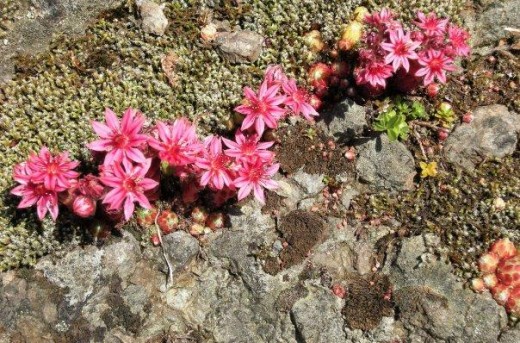
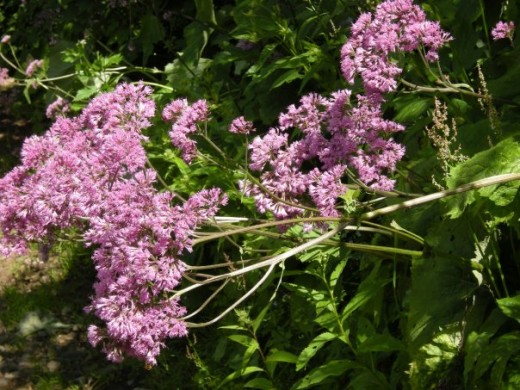
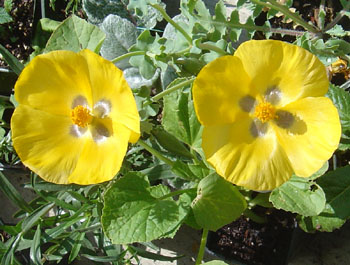
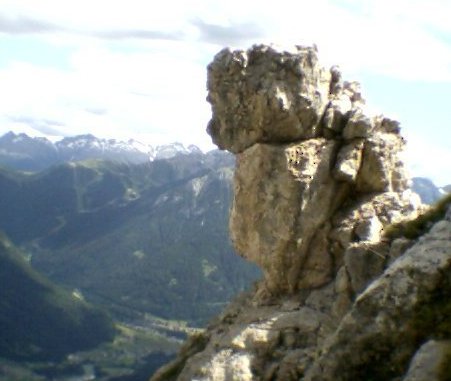
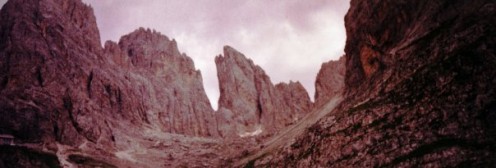
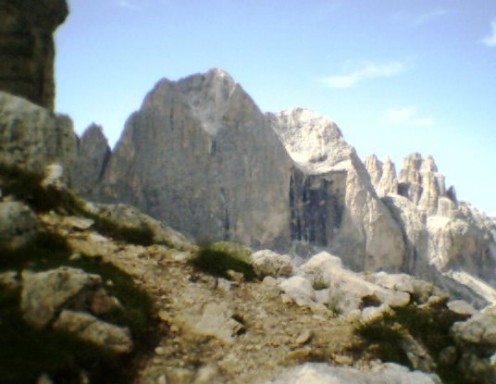
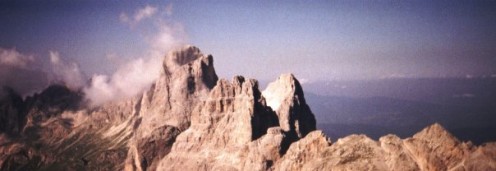
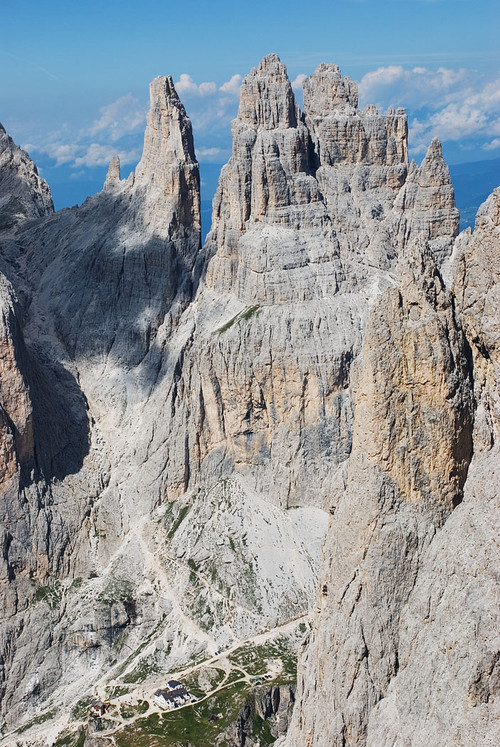
The delicacy of colours is exquisite: the tops of some peaks are of a soft silvery grey, resembling the bloom one sees on fruit, while here and there on the ledges below appears splashes of delicate yellow or fawn colour. In the clear, high atmosphere it seems as if every niche and crevice were discernible, and the whole effect is that of exquisitely designed filigree work, executed with a stupendous scale. The legend of the "Monti Pallidi" or "Pale Mounts", as the Dolomites were first called, explains clearly their wondrous colours. Once upon a time there was a prince from the western slopes of the Alps, who longed to visit the moon. His wish was granted, and while there he fell in love with princess of the lunar realms and brought her back to the earth. Alas, she pined for the pale mounts of her homeland! Her earthly husband, on the other hand, would have gone blind had he stayed on the moon any longer. Luckily Fate took a hand and a group of homeless gnomes turned up. In exchange for permission to dwell in the high mountains they wove the rays of the moon into an extremely fine white gossamer covering for the rock faces. These shone splendidly in the sun and were illuminated at sundown, turning wondrous hues of pink and yellow. So the princess settled down and lived happily ever after with her earthly husband...and as an extra concession, she brought the famed felt-petalled edel-weiss flower with her, its pale colouring reminiscent of her homeland.
Generally speaking, the first impression of the Dolomites is that they are frankly impossible; no such mountains were ever seen before and surely will never be seen again; they seem to defy all rules, to conform in no way to any method, they assume all sorts of weird and grotesque shapes, and their colouring is almost inconceivable. No one ever saw a mountain of that colour, it may be (and undoubtedly is) very beautiful, but it is clearly untrue to Nature: but we must understand the fact that Nature has apparently set herself in the Dolomite region, to upset all our preconceived ideas respecting mountain scenery. In shape, in colour and in arrangement of these peaks, She deliberately achieves the impossible.
The valley of the Rosengarten
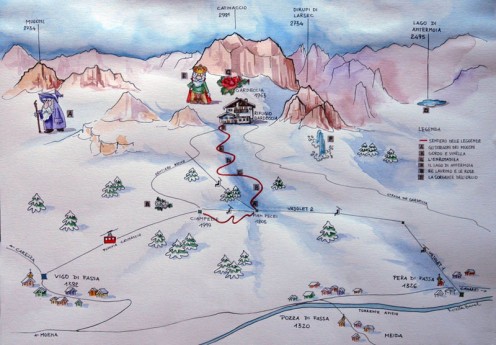
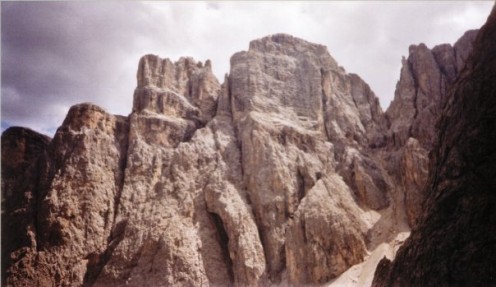
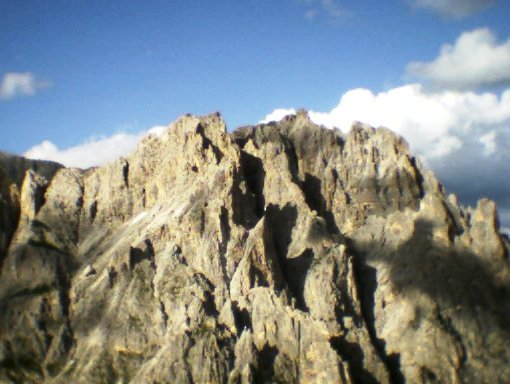

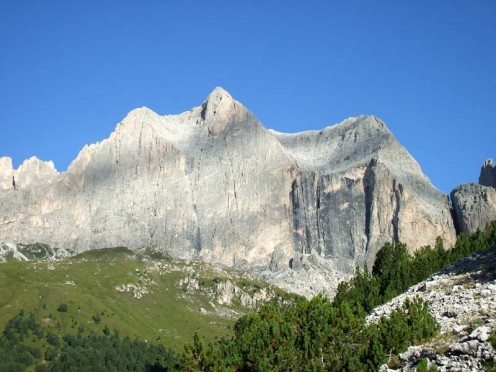
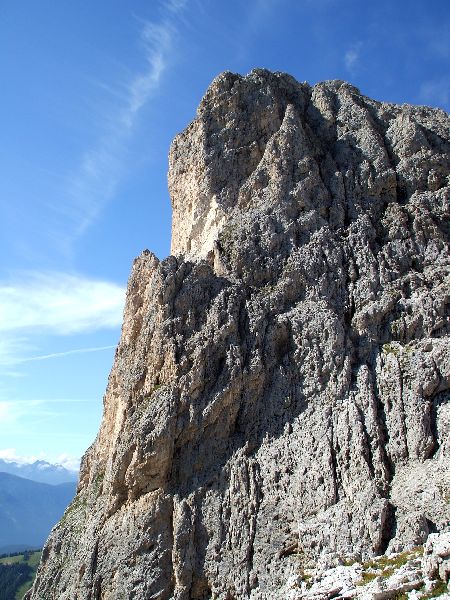
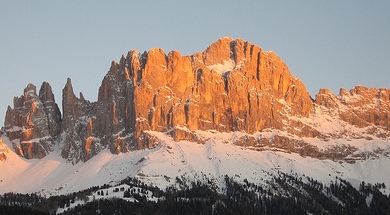
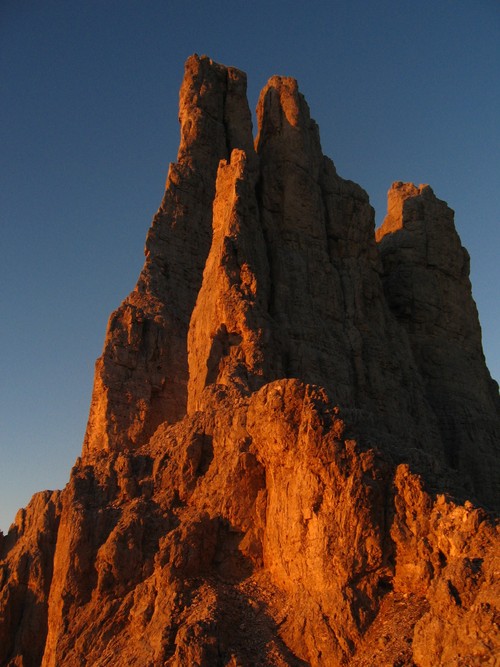
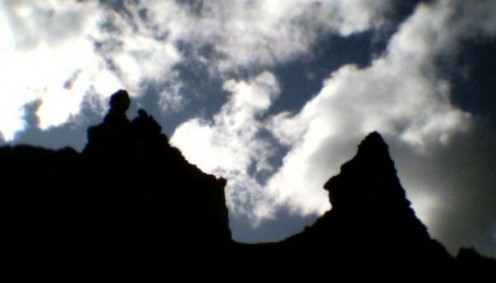
The Rosengarten and its legends
The group of the Rosengarten lies directly west of the Fassathal and forms a well-known feature of the view from Bozen. It contains the celebrated Vajolet Towers, the Delago Tower, the Rosengartenspitze, the Kesselkogel and the Antermoja mass. It is from Bozen that one of the celebrated Dolomiten ways starts, and from here a good many travellers begin their journey into the Dolomite country. From Bozen the view of the Rosengarten, wonderful as it is, seems altogether unreal- the peaks are so far away that one can scarcely believe in them, one has the impression that a closer acquaintance may dispel some of the mystery; Mr. Gilbert thus describes his first sight of the Dolomites from Bozen: "You will see, looking eastward by evening light, spires and towers of Dolomite overtopping everything, and illuminated when all else is dark. It is a sight both beautiful and mysterious. They rise with such lofty independence of the surrounding scenery, are shattered into shapes so strange, cut the sky with such sharpness of outline and gleam with so unearthly a light that you are riveted by the spectacle. You cannot but long to explore those fastnesses and touch the bases of those awful walls".
Going closer the contrast between the luxuriant Italian vegetation and the sharp, barren rocks of many colours is very abrupt and the surprise is so great that one can at least have a glimpse of the wonder of the whole scenery. Abandoning a scenery inlaid with the green of vineyards and forest lakes, one beholds an aerial world of rose-colour, the giant Dolomites- the Latemar on the right, the Rosengarten just in front and the wonderful Schlern- majestic rulers of upper air and solitude, so pure and so luminous, that every tiny shadow cast by every wisp of wandering cloud on the bare red peaks, is plainly visible across the space, from the dense woods that surround them all. The Rosengarten, with its snowless, tempest-beaten crags, holds the centre, flushing to its name; and to the right and left, peak ranged beyond peak, like courtiers crowding to their king, a chief among them, a vast pyramid-shaped mountain, blood-red in the sunset and pale white in the morning. G. Rey, long ago, wrote: "The mountains are aglow with their own light...at the supreme moment the wondrous forms of the ancient towers, palaces and temples appear as if by magic; the dead castles come to life again...". There is no doubt that the first sight of these huge mountains, rising sheer from the valley, is wonderfully impressive: we enter now in the land of fairies and snow, flowers and legends: here are the white rocks of the upper solitides, then occasional snow-patches lay in the shade, and finally the peaks of the Rosengarten itself, rise in a ring, forming a vast cauldron. When one arrive in the Fassa valley, one realizes at once that he is actually in the region of the magic Rose Garden of the legendary King Laurin. This is how the story goes: once, a long time ago, the Catinaccio mountains (Italian name of the Rosengarten) were not bare rocks as we see them today, but were covered by sweet–smelling roses.... among these roses, red as blood, lived a dwarfs’ folk governed by a good and capable king whose name was Laurino, who ruled not only over his followers but also over all the inhabitants of the Fassa Valley. He inhabited the very centre of the Schlern, a very terrible place, full of dark-coloured rocks and high peaks, that dominates the entire valley of the Rosengarten.
This name "Rosengarten" first appears in a 13th century Tyrolean epic describing how when King Laurin of the Dwarves was dragged from his mountain realm, he put a curse on the roses of his graden, that had betrayed him, to the effect that no one would see them again, by night or by day, having turned them to stone. But he neglected to mention dawn or twilight, when they make the stony face of the Rosengarten blush a deep red. Another legend, with the same end, tells that one day, the prince of Latemar, intrigued by the presence of the roses, went to the reign of king Laurin; there he saw his beautiful daughter Ladina and he fell in love, finally kidnapped her to make her his bride. Laurin, desperately, threw a curse on his roses, guilty of having betrayed the position of his reign...and so the roses turned to stone, by day and night but not at dawn and twilight.
It is, in fact, the light which plays upon the Dolomites that adds a special magic to their fairyland aspect: the great west-facing cliffs of the Rosengarten...morning shadows is banished only in the afternoon when the sun casts hues of yellow and pink across its flanks.
An intensity of colour deepens until at sunset the peaks seem to burst into flame, scorching the sky...as L. Stephen noted: "What looked like a chasm suddenly changed into a ridge; plain surfaces of rock suddenly shaped themselves into towering pinnacles; and then the pinnacles melted away and left a ravine or a cavern...and it required a heartless scepticism to believe that the only witchcraft at work was that of the sun, as he threw varying lights and shadows over the intricate labyrinths of the rocks".
It is said that Rosengarten is a mountain still inhabited by many dwarves. Sometimes they go out on the rocks and climb the peaks to watch the setting sun. When the shepherds sit in front of their huts, standing with ears cocked to hear the silence of the night, they hear the falling rocks in the ravines and others innumerable, strange noises. Dwarves are running up shouting something about one another. They are the guards of the Mountain, they irrigate it and keep it always in good condition.
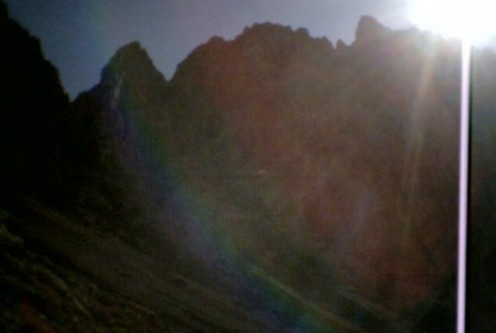
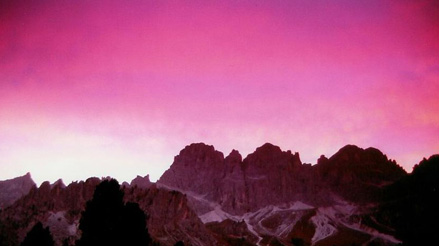
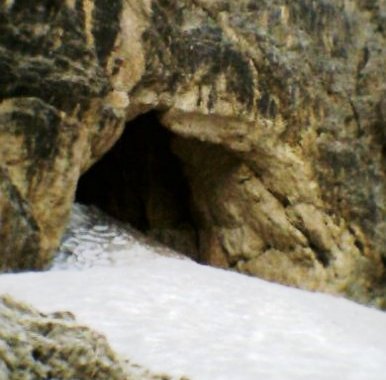
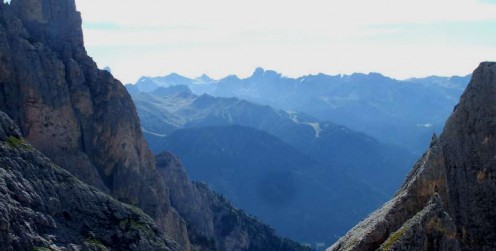

Many legends of the Alps say that in the Rosergarten, somewhere, among the high cliffs or the savage ravines and caves (as for example: the Cave of the Wizard), there is the gate to the Underworld, hidden and shielded not by huge walls but by a tiny, supernatural cord of golden silk. The key to the underground palace of the fairy king was lost somehow during the dark ages...but it is still possible to climb up into the Rosengarten and tread its mazes- however, the majority of visitors to the Rosengarten are happy if they can only wander about at the foot of these tall standard roses and sniff their perfume from below; after the 4 PM, no one can be seen on these peaks, except groups of wild deers and ibex, eagles and black ravens. Ancient legends still narrate that the walls and the superb towers and pinnacles of the Rosengarten were once magnificent palaces made of crystal, with magical gardens, where the witches often met, due to the extraordinary beauty of the place. When they were forced to abandon this mountain, they cursed the palaces and the whole valley. They now are said to live on the rocky banks of the lake Antermoia, where a nymph of ancient times supervises the little valley and the lake itself. It is said that in the nights of full moon, she can still be seen by travellers with a pure heart...Close to the Antermoia are the Vajolet Towers. These Towers are undoubtedly some of the most impressive to be found in the whole of the Dolomite region. The Towers are six in number, and they rise up sheer in the well-known Dolomite manner, assuming fantastic shapes and looking as if it would be quite impossible for any ordinary mortal not possessed of wings to attains their summits: in fact they are suitable only for the finest rock-climbers. The Larsec Group, on the north side of the Vajolet thal, derives its name from the little lake, called in Ladin (a cross between Celtic and Latin introduced by roman settlers) "Lag-sec", "Lago secco", the Dry Lake. According to a legend, hidden in the Larsec group, lies somewhere the so called "Spring, or fountain, of Oblivion": it is said that the one who will be able to find this spring will have forever wondrous abilities and a great memory, but if he fails the trial, he will lost all his memory and will roam about on the mountains, forgetting all about his previous life...
So...dangerous, precious mountains: they truly teach more than a lesson!
